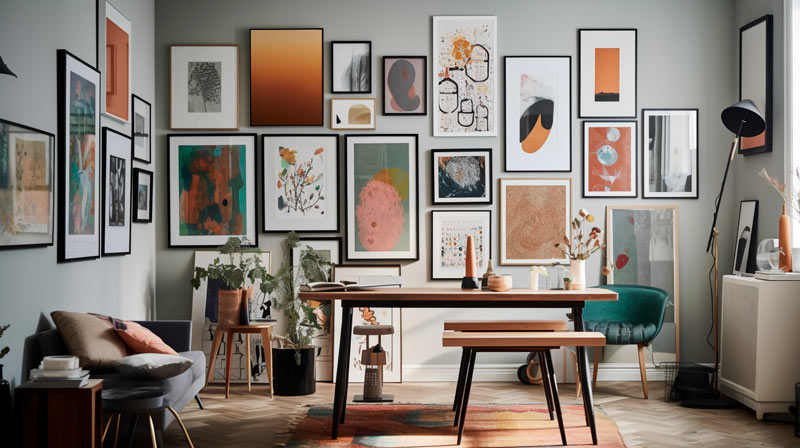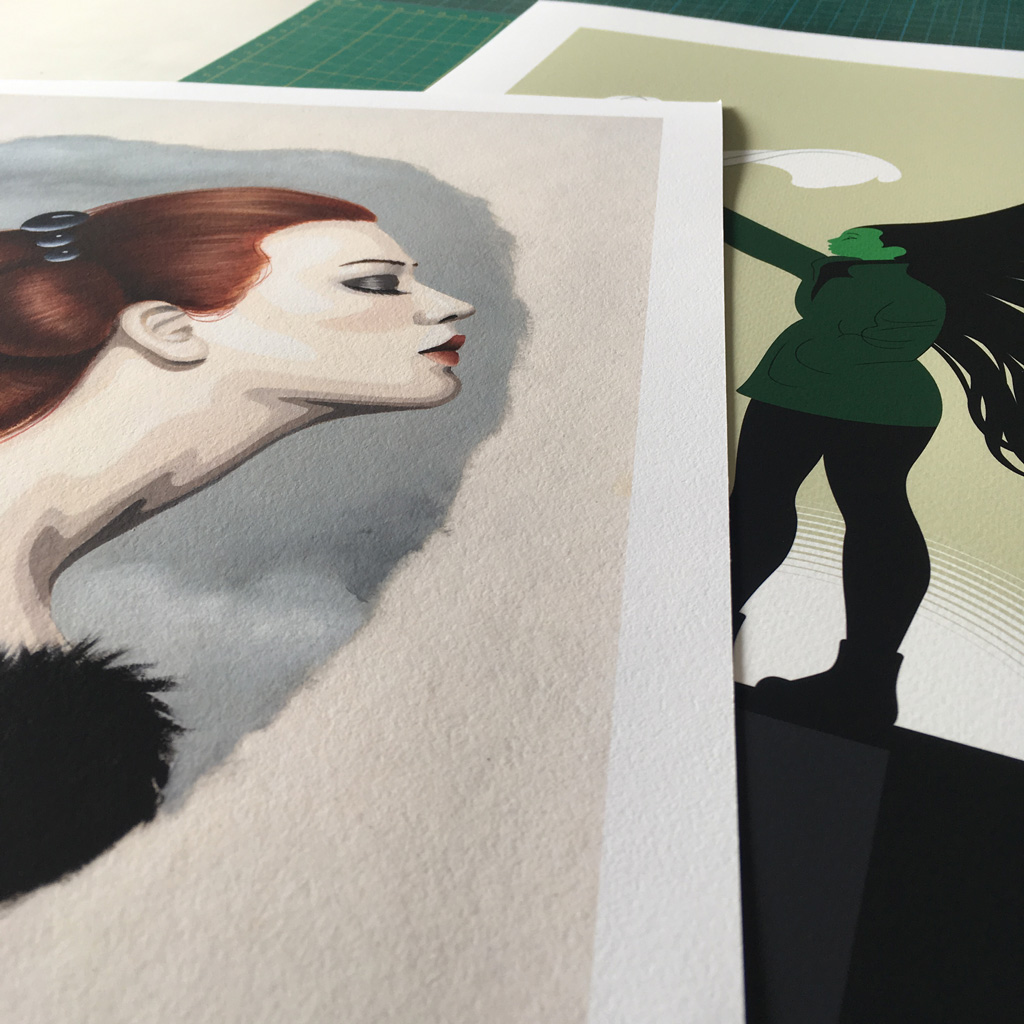Creating a limited edition print series is an excellent way for artists to make their artwork more accessible to a broader audience. Fine art prints are high-quality reproductions of original artwork that are usually produced in a small quantity, making them exclusive and valuable to collectors. However, creating a successful limited edition print series can be challenging, as artists may not have all the necessary skills to create these prints. In this article, we will provide you with some tips on how to create a fine art limited edition print series, and the importance of seeking professionals with the required expertise, where needed.
Key Points
• Fine art prints are high-quality reproductions of original artwork that are usually produced in a small quantity, making them exclusive and valuable to collectors.
• Creating a successful limited edition print series can be challenging, as artists may not have all the necessary skills to create these prints.
• Starting with a high-quality image, ensuring proper image resolution and colour management, numbering and signing the prints, blind stamping, choosing the right paper, and promoting the series through various marketing channels are all crucial steps in creating a successful limited edition print series.
• Seeking the services of professionals such as Kilford Studios for artwork scanning and photography and fine art printing can help artists ensure that their giclée prints are of the highest quality.
• Promoting the limited edition print series through various marketing channels such as social media, art shows and exhibitions, online marketplaces, email marketing, and collaborations and partnerships can help artists reach a wider audience and attract potential buyers.
1. Start with a high-quality image: The first step in creating a successful limited edition print series is to start with a high-quality image of the original artwork. The image should be sharp, well-lit, and free from any imperfections or distractions. To achieve this, you may need to seek the services of a professional photographer or scanner who has experience in capturing artwork for reproduction.
At Kilford Studios, we offer professional artwork scanning services that use high-resolution digital cameras to capture every detail of your artwork accurately. We use professional-grade equipment and lighting setups to ensure that the colours and tones of your artwork are accurately represented in the digital image.
2. Proper image resolution: The resolution of the digital image is critical when creating a limited edition print series (or any high quality prints, for that matter). The higher the resolution, the more detail and clarity the print will have. As a general rule, the resolution of the digital image should be 300 DPI (dots per inch) at the final print size. Having said that and depending on the image, very good quality prints can be achieved with resolutions between 180-200 DPI.
If you are unsure about the resolution of your digital image, you can use image editing software such as Adobe Photoshop to check the DPI and adjust it if necessary. Also, check out this article here.
3. Colour management: colour management is essential when creating art prints. Colour accuracy is critical, and the colours of the print should match the original artwork as closely as possible. This is achieved through the use of custom ICC paper profiles, which ensure that the colours of the print are accurately represented on the chosen fine art paper.
4. Numbering and signing: Limited edition prints should be numbered and signed by the artist. This adds value and authenticity to the print and makes it more desirable to collectors. The numbering system should be clear and consistent, indicating the number of the print in the edition, the total number of prints in the edition, and the year the print was created.
5. Blind stamping: this is an additional technique that can be used to add authenticity and value to limited edition prints. A blind stamp is a unique mark or symbol that is embossed onto the paper, indicating that the print is an original, limited edition work.
6. Choosing the right paper: Choosing the right paper for your prints series is essential. Fine art papers are designed to showcase the colours, tones, and textures of the artwork and enhance its overall appearance. There are various types of fine art papers available, each with its unique characteristics and qualities.
At Kilford Studios, we offer a wide range of fine art papers, including matte, glossy, and textured papers. Our team can help you choose the right paper for your artwork, based on factors such as the colour profile, texture, and finish.
7. Promoting the series: Once you have created your limited edition print series, it is essential to promote it to ensure that it reaches a wider audience and attracts potential buyers. Here are some ways to promote your work in general and limited edition print series in particular:
• Social media: Social media platforms such as Instagram and Facebook are great for promoting limited edition print series. You can share images of your prints, offer promotions and discounts, and interact with potential buyers.
• Art shows and exhibitions: Art shows and exhibitions are a great way to showcase your limited edition print series to a wider audience. You can meet potential buyers, network with other artists and creatives, and build your brand.
• Online marketplaces: Online marketplaces such as Etsy and Society6 are a great way to sell your limited edition print series to a global audience. These platforms allow you to set up an online store, list your prints, and reach potential buyers from all over the world.
• Email marketing: Email marketing is a great way to reach potential buyers and promote your limited edition print series. You can use email marketing to share updates about your work, announce new releases, and offer exclusive promotions and discounts.
• Collaborations and partnerships: Collaborating with other artists and creatives can be a great way to promote your limited edition print series and reach a new audience. You can collaborate on joint projects, host joint exhibitions, and cross-promote each other’s work on social media.
In conclusion, creating successful limited edition print series requires attention to detail, expertise, and a strong marketing strategy. By starting with a high-quality image, ensuring proper image resolution and colour management, numbering and signing the prints, blind stamping, choosing the right paper, and promoting the series through various marketing channels, artists and creatives can create a valuable and exclusive collection of prints that will appeal to collectors and art enthusiasts alike. In most cases it’s recommended to seek the services of professionals for artwork scanning or photography and giclée printing and to use the right marketing channels to get your work noticed.




